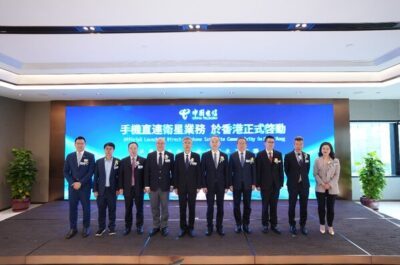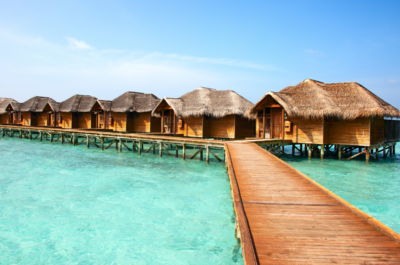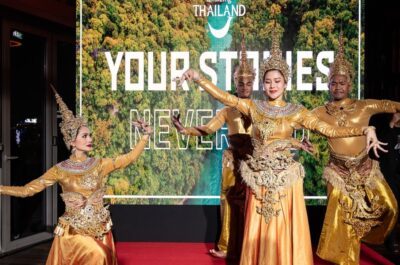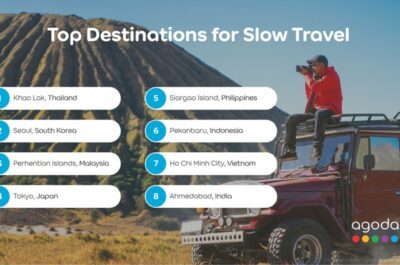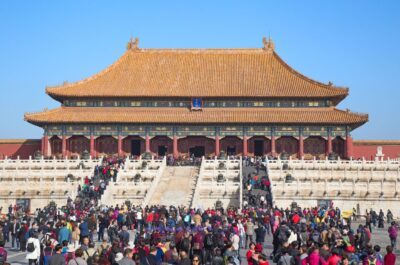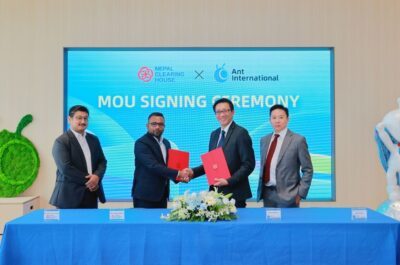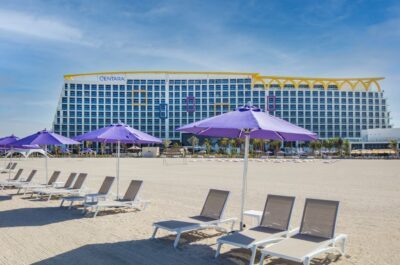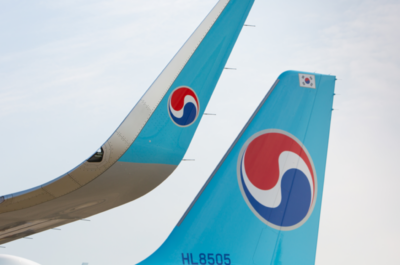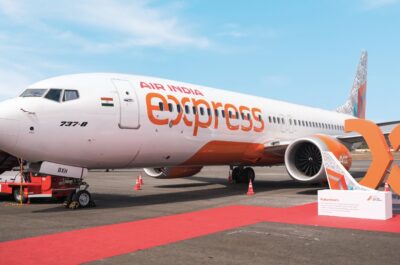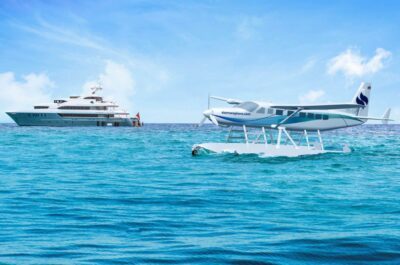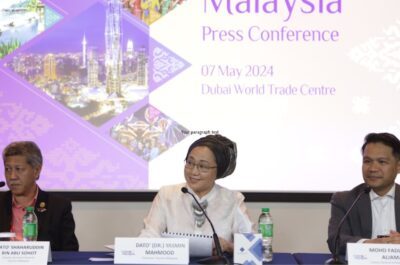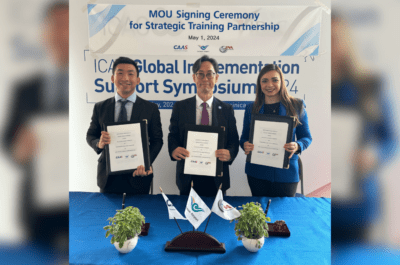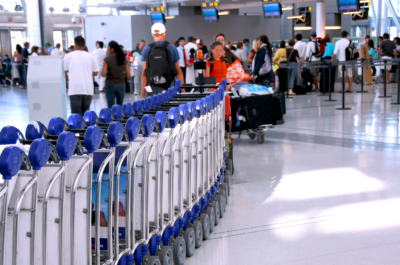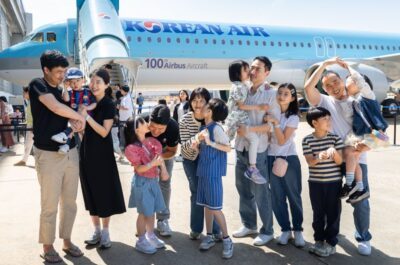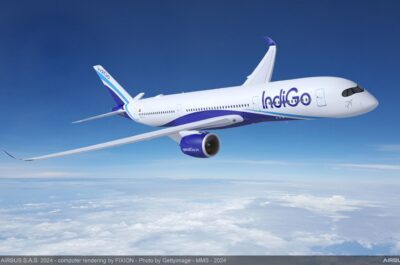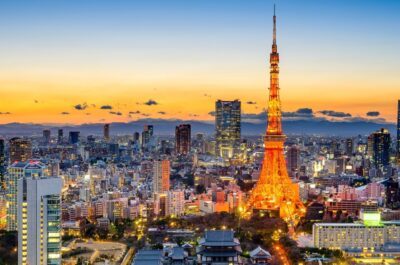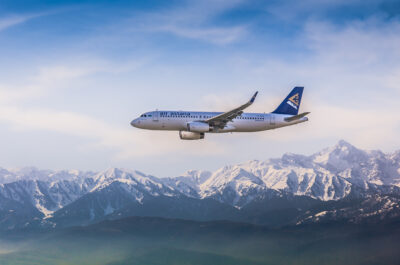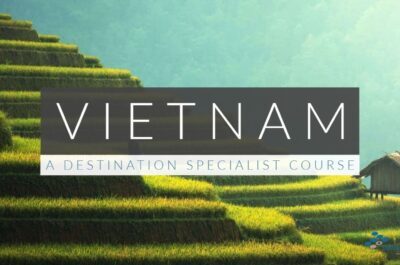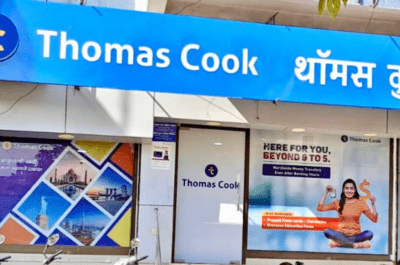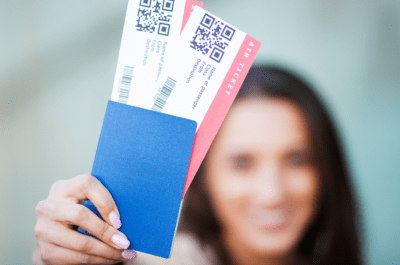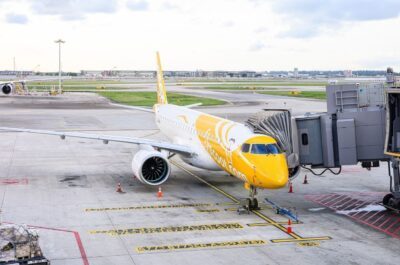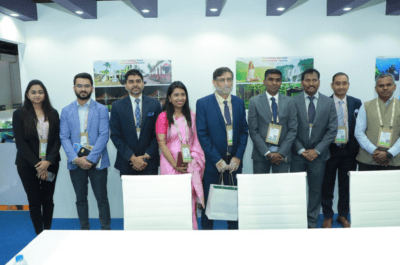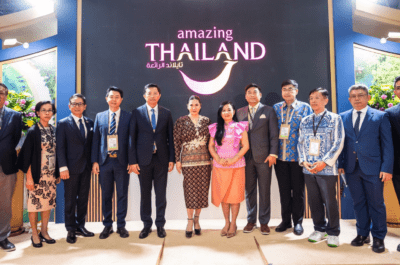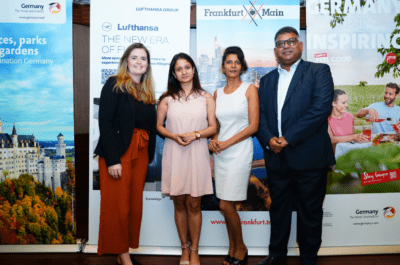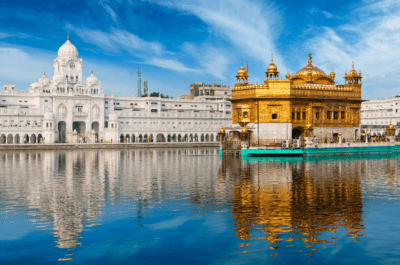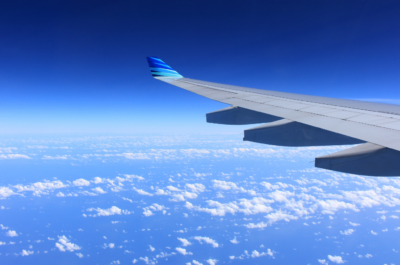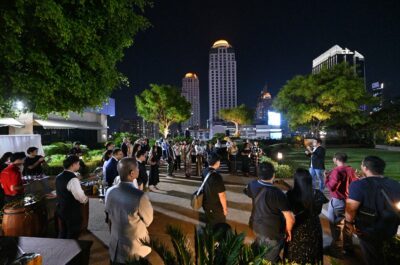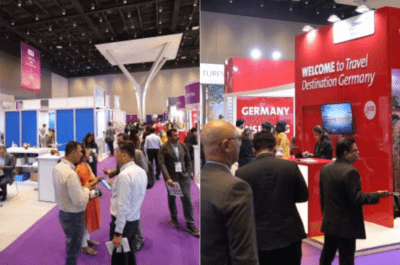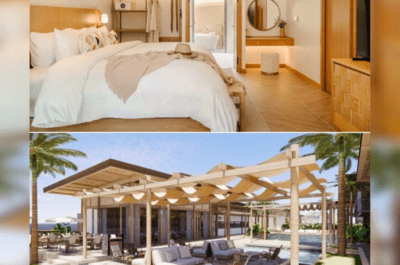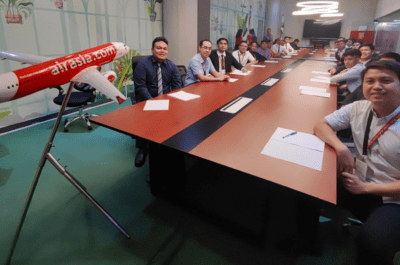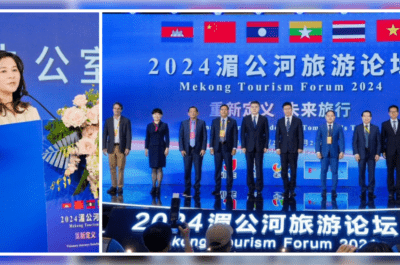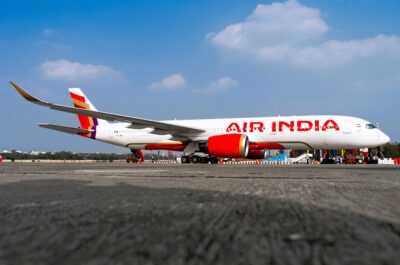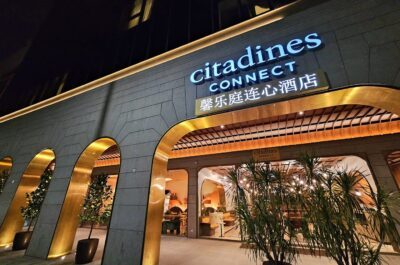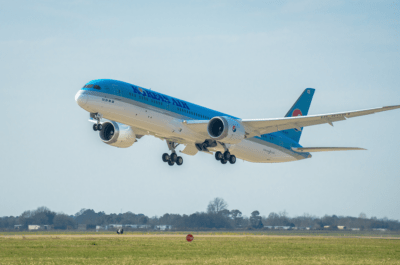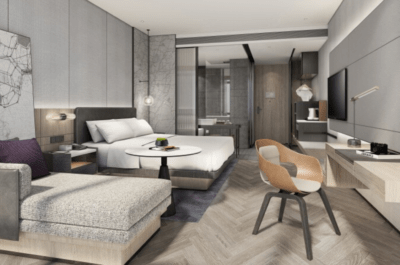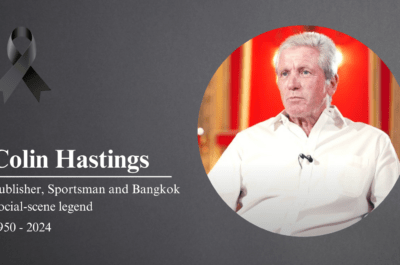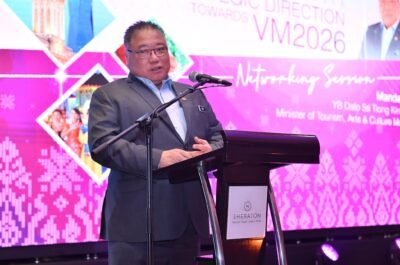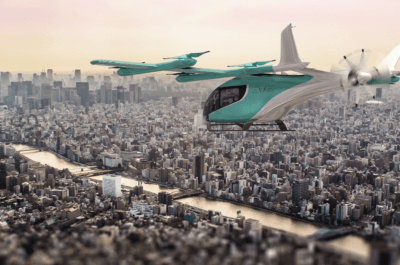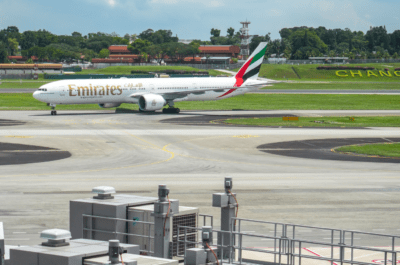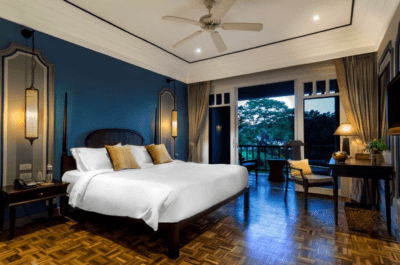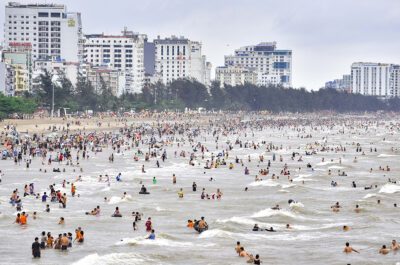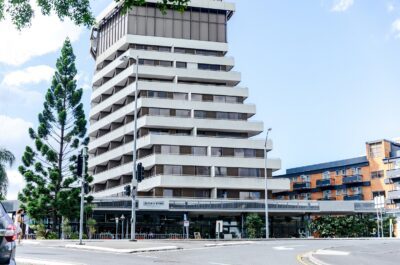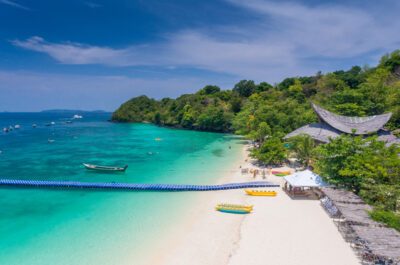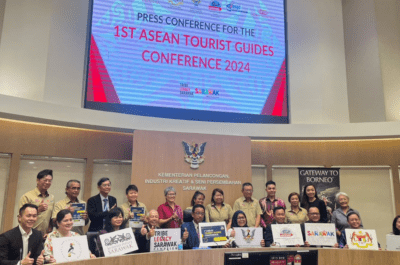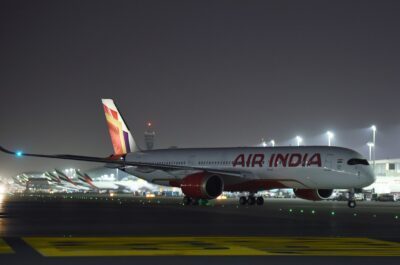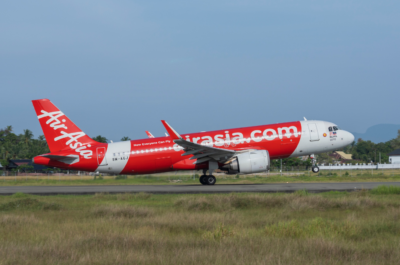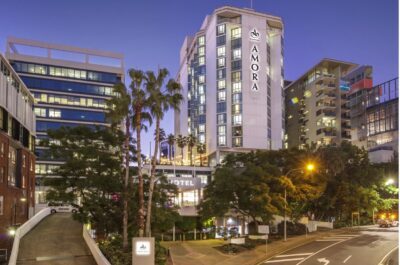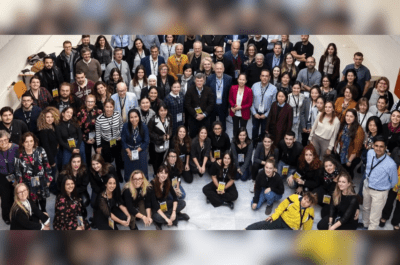As women travellers grow rapidly in numbers, spending power and influence, Asia’s travel industry responds with a greater focus on safety, wellness and the ‘web’. Making around 125 million trips a…
As women travellers grow rapidly in numbers, spending power and influence, Asia’s travel industry responds with a greater focus on safety, wellness and the ‘web’. Making around 125 million trips a year and rising in Asia, women are set to play a decisive role in the development of the travel, hospitality and tourism sectors for at least the next 10 years, says Abacus CEO and President Don Birch.
“Asian women are travelling like never before. From the young to businesswomen to energetic grandmothers, they`re travelling more often and further solo, in pairs with their female companions or as members of women-only interest groups,” says Mr Birch.
Latest travel figures from Mastercard now indicate that around 4 in every 10 Asian trips are by women travellers – up significantly from the just 1 in 10, in the mid 1970’s estimated by a recent Mastercard study Women Travellers of Asia Pacific.
“As the Asian economies and travel industry continue to mature, we can expect the ratio to balance up even more towards a 50:50 ratio of men and women travellers if Asia follows the trend of Western economies,” says Mr Birch.
Eventually it is likely that women travellers will dominate entire niches of the travel industry and it is even possible they overhaul men as the most numerous travellers.
A 2007 Mastercard survey of personal travel conducted in major Asian markets found that 42% of the women surveyed had travelled in the past 12 months compared with 37% of the men.

At the country level, 54% of the Chinese women surveyed had undertaken an international trip for personal reasons in the past 12 months versus 47% for men, with the commensurate numbers in other markets shown in the table below:

A host of demographic, economic and lifestyle features lie behind the rising proportion of women travellers, but most of all, women are travelling “because they can” says Mr Birch.
Almost 80% of women consider travel important for their lifestyles according to a recent MasterCard’s Asian Lifestyles Survey conducted in 13 Asian countries.
In Asia, the most active women travellers are from developed, wealthier cities such as Tokyo, Singapore, Taiwan, Shanghai, Beijing, Hong Kong, Seoul, Jakarta and Kuala Lumpur. These cosmopolitan travellers tend to have higher education levels, high disposable income, and are tech-savvy and increasingly adventurous.
Following in the footsteps of their urban counterparts in the west these jetsetters are likely to make as many as four trips a year, have a degree, belong to a frequent flyer programme and two hotel loyalty schemes according to Mr Birch.
“Thirty years ago, Asian women mainly holidayed with their husbands or their family. Now more women are choosing to travel with other women than with a male companion such as their husbands or boyfriends,” he says.
According to Women Travelling Together, which organises about 30 trips a year for their female members, 65% of the women travellers said they had left husbands or boyfriends at home to join an all-women tour in the past 12 months. On average, the women surveyed took one trip a year with their husbands or boyfriends, but took two or more trips with female friends or a group of women.
Lifestyle and life-cycle factors are key factors influencing how and why women travel; whether it is ‘newly wealthy’ young professional women, for example from Japan or Korea travelling to resort destinations to relax and party, or the growing bands of active senior women travelling in groups after experiencing the loss of a spouse.
Women corporate travellers are on the rise too, as women take a stronger hold on the reins of Asian business. The 2007 Grant Thornton International Business Report shows that women now feature in top management in 97% of Philippines businesses, with the corresponding figures being 91% in China, 85% in Malaysia and 67% of Singapore businesses.
Roger Pfund, General Manager and Vice President, Asia Pacific Operations, for BCD Travel, a corporate travel management specialist agrees that the rise of women in management positions translates into more business from women corporate travellers.
“Travel service providers must listen carefully and grow our knowledge bases to cater to the needs of the new generation of women business travellers who are plugged in as business leaders in the global economy,” Mr Pfund says.
“This extends to everything from finding out more about the accommodation options which appeal to women travellers, to appreciating their safety concerns when it comes to transfer options,” Mr Pfund says.
According to the Tisch Centre study conducted in the US, the three most important “must haves” listed by businesswomen are a mini bar (71%), brand-name bath amenities (56%) and spa services (47%).
Rise of the shopping traveller
While women travel for many of the same reasons as men do, women travellers in Asia are also proving themselves dedicated shoppers. The top five activities for female travellers (ranked in importance) are shopping, culture or historic interest, beach resorts, nature or adventure and family resorts, according to the MasterCard Asia Pacific Asian Lifestyles Survey.
The survey also estimated that by 2011, women traveller shoppers could ring up US$9 billion worth of purchases in the five cities of Singapore, Hong Kong, Kuala Lumpur, Bangkok and Seoul alone. By 2014 the credit card company anticipates the spending of Asian traveller shoppers to reach US$180 billion.
Mr Birch says the spending power of women travellers is massive, and being creative and customer-focused are key to capturing the women travel dollar.
“To tap into the massive spending power of women travellers effectively, travel service providers such as airlines, hotels, resorts restaurants and banks must first understand the needs and wants of women travellers. Only by knowing what women really want, can they work with travel agents to creatively package special deals and rates to capitalise on the opportunities presented by women travellers.”
For example, Wyndham Hotels and Resorts has partnered with American Airlines and is offering a 20% discount on hotel bookings and special spa offers designed with women in mind through 31 December this year. The specials are valid on reservations made in conjunction with flights through AA.com/women.
Spa Me
Health, wellness and beauty are high on the agenda when women travellers are planning their holidays, and the women’s dollar is the single largest factor behind the ‘spa-ification’ of the Asian hotel industry.
“While a few select groups of men are starting to climb on the spa bandwagon, this is overwhelmingly a women-driven phenomenon, as hotel after hotel across Asia remodels to incorporate luxury, indulgence and wellness features,” Mr Birch says.
The spa industry is estimated to be growing at an annual rate of 200% in the Asia Pacific Region, according to Spa Management Journal in January 2006, with growth expected to peak in 2010 according to a Price Waterhouse-Coopers Industry survey.
Travel service providers are paying close attention to this wellness factor to grow their businesses further, and changing their facilities to accommodate the needs of women travellers.
Whyte Group, an Australia-based tour management company, launched an all-women Thailand spa and wellness treatment tour in Thailand this year, and will then expand to other Asian countries such as Vietnam, Cambodia, China, Singapore and India in upcoming months.
Kesari Tours, Mumbai, India (Leisure TA) also recognises to what it calls ‘woman power’. Mr.Sudhir Patil, of Kesari Tours said their first ‘ladies special’ recently departed India to Bangkok with 320 ladies keen to experience Thai marriage ceremonies and spa activities. Subsequent tours to Thailand and Mauritius attracted a further 200 ladies.
“This area of women’s travel was neglected. Now spas and wellness are being widely discussed in the Indian market and are getting a very positive response from women customers,” comments Mr Patil.
“In relation to spas you could say the women’s travel dollar has spawned an entirely new industry,” Mr Birch said.
He added that women travellers were also making their influence felt as green travellers, contributing to the growing number of eco-retreats and attractions. “It may indeed be the case that women are more likely to value relaxation amid natural surroundings,” Mr Birch said.
Safety first
While both men and women travellers share general concerns over terrorism and health issues such as SARS and bird flu, women’s safety needs and social concerns are quite different.
Mr Birch says, “While women do not want to miss the experience of travelling, many have concerns about travelling alone. Particular areas of concern are safety, and how well they will adapt to the local culture, religion and environment as women.”
As a result, the last few years have seen a surge of high-end hoteliers offering secured floors for women. In India, for instance, five-star hotels are devoting entire separate floors to women business travellers, and providing enhanced security and female housekeeping staff as well as other special services and amenities. In Hong Kong, The Fleming Hotel became one of the city’s first hotels to create a dedicated women’s floor in February this year, while the Jumeirah Emirates Tower Hotel in Dubai became the first hotel in the Middle East to feature a women-only floor.
Web-wise women
Just as important as understanding the concerns and interest of women when they travel, is knowing what source of information they use in their planning process.
Word of mouth communications ranks number one as a source of information for women travellers, followed by the Internet, travel agents, travel guides and newspapers.
“The Internet is becoming a highly valuable resource for women. Travel agents should enhance and upgrade their online technologies and explore the possibility of creating women-only travel websites to capture this sophisticated segment,” Mr Birch says.
This would include niche advertising and co-promotions with the growing number of women focused travel websites with titles such as JourneyWoman, Women Travel Tips and The Gutsy Traveler.
Online travel agency Zuji’s latest Online Travel Report showed that 44% of bookings were made by female travellers, a 12% increase since 2005 while earlier this year American Airlines, created the first airline website (AA.com/women) specifically for the 48% of its current customers who are women.
Niche opportunities for travel agents
Mr Birch says Abacus is working closely with its network of travel agents, airlines and other content providers, to identify new ways of tailoring solutions and help meet the growing demand for travel services from women travellers.
An Abacus survey of more than 1,500 agents in 2006 revealed that price competition on fares is the single greatest challenge facing travel agents in the region today.
“Women travellers present a very attractive opportunity for the many Abacus connected travel agents who are keen to move into higher value sectors such as specialised travel and tailored services and advice,” Mr Birch says.
“As Asia’s travel industry matures it must adapt its services to meet the needs of this unique market. Along with the significant influence of women over the purchase of family travel, the women’s market is one that the travel industry neglects at its peril, as this market will keep growing in Asia for at least the next decade.”
